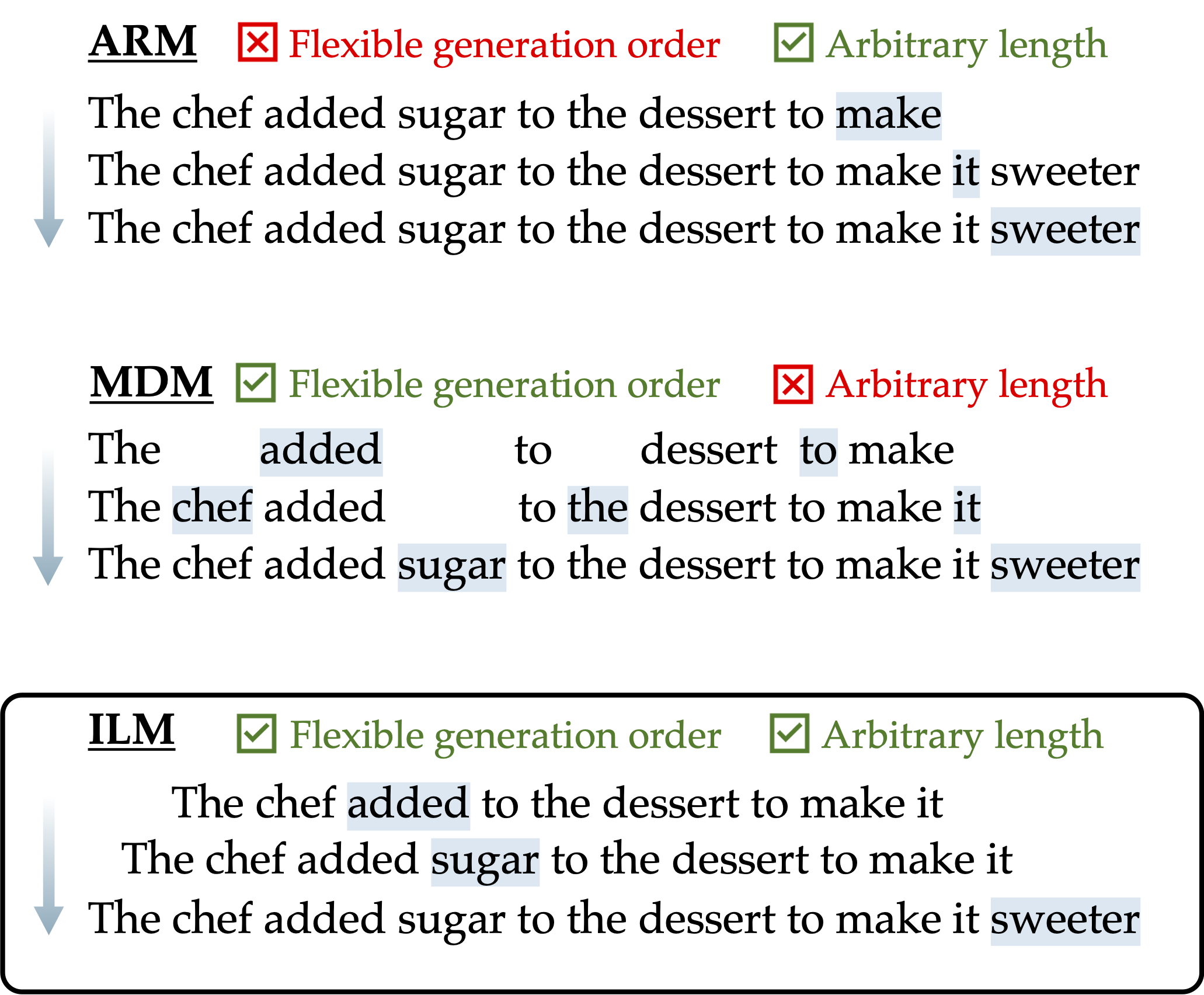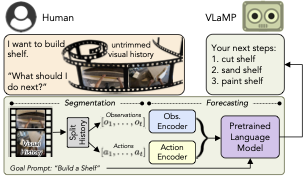Computing the Safe Working Zone of a 3-RRS Parallel Manipulator
In New Trends in Mechanism and Machine Science, Nov 2017
Determination of the safe working zone (SWZ) of a parallel manipulator is a one-time computational task with several permanent benefits. As this subspace of the workspace of the manipulator is free of both the loss- and gain-type singularities, link interference, as well as physical joint limits, the manipulator can move freely in this space. Moreover, if the natural choice of a convex-shaped SWZ is adhered to, then point-to-point path planning inside the SWZ always has a trivial solution, namely, a segment joining the two points, which is guaranteed to be inside the workspace. In this paper, the SWZ of the 3-RRS existing in the İzmir Institute of Technology has been computed. Starting with the geometry of the manipulator, the loop-closure constraint equations have been derived. The singularity conditions are obtained based on the singularity of certain Jacobian matrices associated with the constraint functions. The interference between the links are detected by first encapsulating the links in rectangular parallelepipeds, which are then discretized into triangles, and subjected to collision tests between the relevant pairs of triangles. Using these theoretical developments, the SWZ is computed. The numerical results are depicted graphically.

